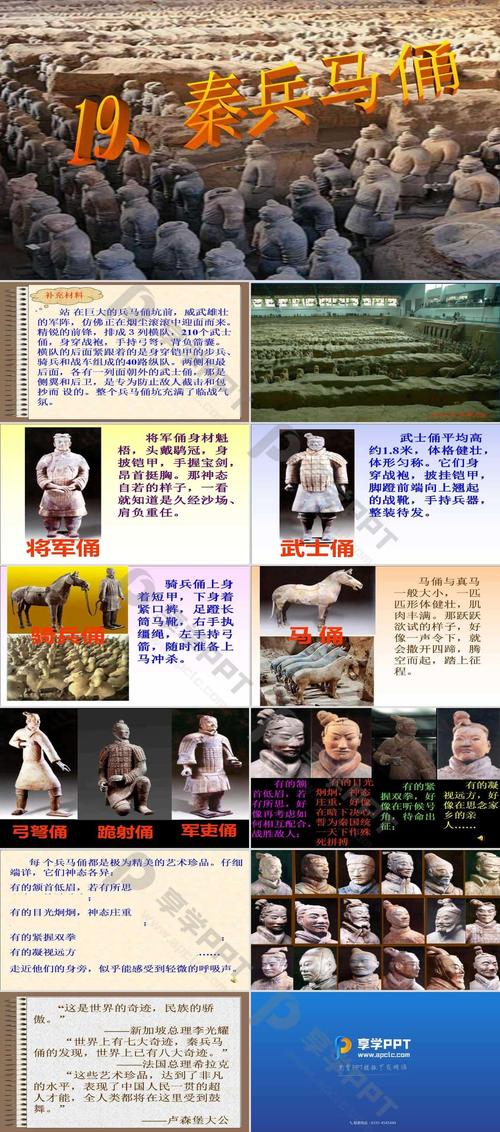
How Old is the Terracotta Army?
While the question "How old is the Terracotta Army?" seems straightforward, the answer requires us to delve into the fascinating history of terracotta figures. Let's explore the origins and timeline of these sculpted figures.
Terracotta Throughout History
The use of terracotta, a clay-based ceramic, for creating figurines spans millennia and various cultures. Here's a glimpse into its historical journey:
-
Early Examples:
- Mohenjo-daro, Pakistan (3000–1500 BC): Archaeological digs in this ancient Indus Valley Civilization site unearthed terracotta female figurines. These, along with phallic stones, hint at possible fertility rituals.
- The Burney Relief (c. 1950 BC): This exceptional terracotta plaque, originating from Ancient Mesopotamia, depicts a winged, nude female figure with bird talons, often interpreted as a goddess or demon.
-
Ancient Greece (8th–6th centuries BC): The Greeks mastered terracotta sculpture, evident in their exquisitely detailed figurines and pottery. These pieces often illustrated scenes from mythology, daily life, and served as grave goods.
-
Han Dynasty China (206 BC–220 AD): This period witnessed the creation of the renowned Terracotta Army, intended to safeguard China's First Emperor, Qin Shi Huang, in the afterlife.
The Age of the Terracotta Army
The Terracotta Army, discovered in 1974 near Xi'an, China, dates back to the late 3rd century BC. More specifically, its creation began around 246 BC during the reign of Emperor Qin Shi Huang and continued for several years following his death in 210 BC.
This means the Terracotta Army is over 2,200 years old. The sheer scale and craftsmanship of these life-sized figures, each with unique features, continue to astound the world.
The Significance of the Terracotta Army's Age
The age of the Terracotta Army is significant for several reasons:
- Historical Insight: These figures provide invaluable insights into the military practices, artistry, and cultural beliefs of the Qin Dynasty.
- Technological Prowess: The creation of thousands of life-sized figures from terracotta speaks volumes about the advanced craftsmanship and organizational skills of the ancient Chinese.
- Enduring Legacy: The fact that these figures have survived for over two millennia, despite being buried underground, is a testament to the durability of terracotta and the meticulous efforts of their creators.
FAQs
Q1: Where is the Terracotta Army located? A1: The Terracotta Army is located in Lintong District, Xi'an, Shaanxi province, China.
Q2: How many warriors are in the Terracotta Army? A2: It is estimated that over 8,000 life-size terracotta warriors, along with horses and chariots, make up the Terracotta Army.
Q3: Why was the Terracotta Army built? A3: The Terracotta Army was built to accompany and protect China's First Emperor, Qin Shi Huang, in the afterlife, as was the custom with royal burials during that era.